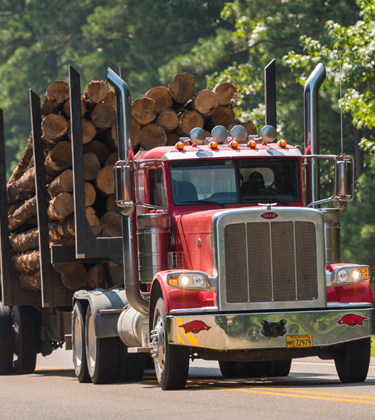
Risk Management
Identifying and Mitigating Risks
PotlatchDeltic has a comprehensive process to identify and evaluate a broad spectrum of risks including climate risks. Senior management collaborates to identify and seeks to mitigate the effect of risks as part of our Enterprise Risk Management process.


RISK MANAGEMENT
PotlatchDeltic utilizes an Enterprise Risk Management (ERM) framework to identify, assess and mitigate significant risks facing the Company, including risks related to a range of corporate responsibility topics. The Audit Committee of the Board of Directors and senior management have primary responsibility for the oversight of risks facing the Company. Certain material risks facing our business are discussed in our annual report on Form 10-K under Part I - Item 1A. Risk Factors.
The Risk Committee, comprised of senior managers of the Company, conducts an annual risk assessment process, which includes evaluating the risk universe, emerging risks, and the risk attributes of likelihood, impact, velocity, and mitigation control strength. Risks are mapped into a matrix which identifies the significant risk areas for internal focus.
The Risk Committee Chair meets with the Audit Committee to discuss key inherent risks the ERM process has identified, current mitigation measures, and the resulting residual risks. This meeting also provides the Audit Committee an opportunity to share their key risk areas of concern. The full Board of Directors also reviews the results of the ERM process. As business leaders prepare their strategic plans for the year, they incorporate risks and mitigation measures into their plans, as appropriate.
Specific risks related to environmental issues and climate change are identified, assessed, and mitigated where feasible as part of our ERM process. In addition, our Environmental Management System (EMS) and Corporate Responsibilty review, which are conducted annually at the business unit level evaluates business risks and opportunities, including climate-related risks and opportunities.
The Corporate Responsibility Management Committee identifies and reviews climate-related risks across our business units and prioritizes them based on environmental and financial impact. PotlatchDeltic will continue to enhance its ERM framework for our businesses to identify and seek to mitigate emerging or shifting risks and opportunities.
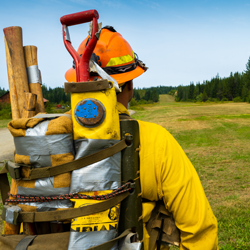
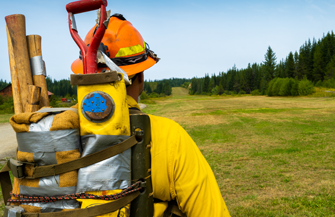
Wildfires can occur because of lightning or human causes. While human causes are the source of over 87% of total fires, lightning accounts for over 54% of total acres burned. The U.S. West has seen an increase in fire size and frequency, driven by drought, high levels of federal or non-working forest ownership, and more remote acreage.
LEARN MORE ABOUT MITIGATING WILDFIRE RISK


We minimize insect and disease risks by actively managing forests to maintain their health and vigor. Vigorous stands of trees are resilient to attacks – virtually every major forest health epidemic has been caused by large extents of forests that were in poor health because of being overstocked and/or decadent.
LEARN MORE ABOUT MITIGATING INSECT DISEASE RISK
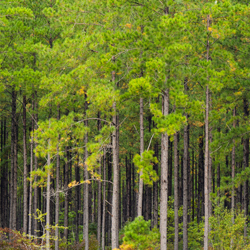
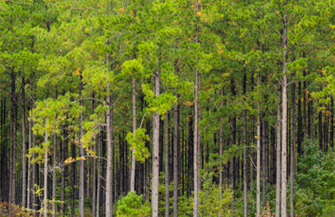
When Hurricane Helene made landfall in September 2024, it delivered a sharp reminder of the increasing risks that extreme weather poses to working forests. The storm caused an estimated $1.28 billion in timber losses across the State of Georgia. PotlatchDeltic's timberlands experienced limited damage, approximately 2,000 acres.
LEARN MORE ABOUT MITIGATING STORM DAMAGE RISK




